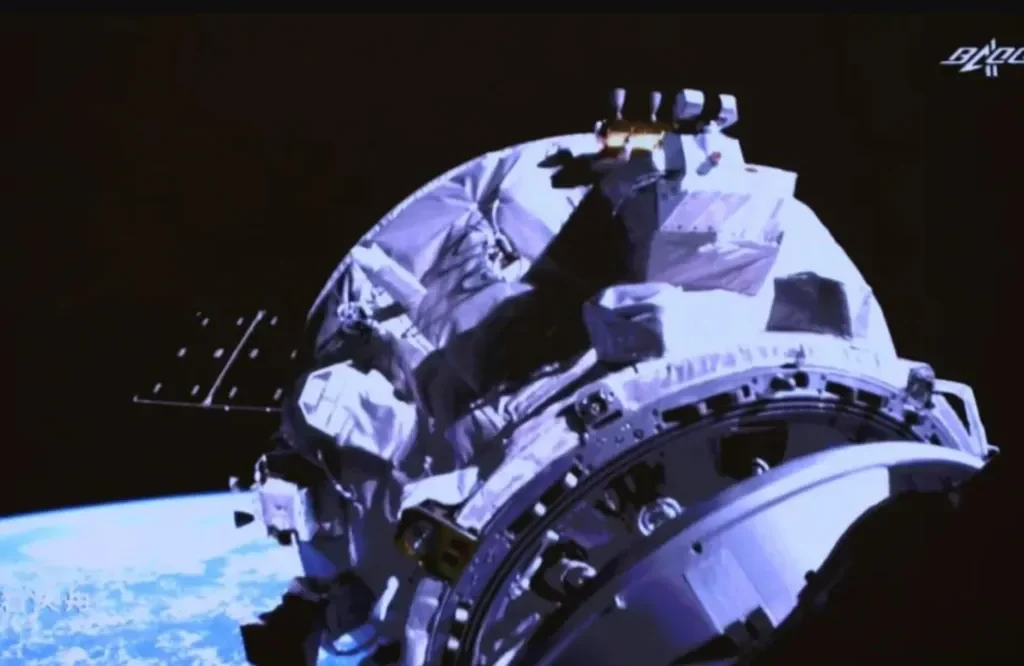China plans to launch two new low-cost cargo spacecraft this year, designed to supply the Tiangong space station, highlighting advances in the country's growing space industry and commercial space sector.
The Haolong cargo shuttle, developed by the Chengdu Aircraft Design Institute under the Aviation Industry Corporation (AVIC), will be launched aboard Landspace's Zhuque-3 rocket. The Zhuque-3, a reusable rocket powered by methane and liquid oxygen, is expected to have its first flight in the third quarter of 2025. The Haolong shuttle, measuring 10 meters in length and weighing approximately 7,000 kilograms, will be capable of landing on a runway, enhancing China's downmass capacity. The spacecraft's design will allow for the return of experiments and hardware from the Tiangong station, a capability currently limited by the Shenzhou crew spacecraft.
Meanwhile, the Qingzhou cargo spacecraft, developed by the Innovation Academy for Microsatellites of the Chinese Academy of Sciences (IAMCAS), will launch aboard the Kinetica-2 rocket from CAS Space. The first flight is expected no earlier than September 2025. Qingzhou-1, a single-module spacecraft with 27 cubic meters of space, will be able to carry 1,800 to 2,000 kilograms of cargo.
Both AVIC and IAMCAS are state-owned entities, though these missions mark a shift toward greater commercial space involvement. Landspace and CAS Space's participation reflects China's growing engagement with commercial space actors, a move reminiscent of NASA's Commercial Resupply Services program. Currently, China relies solely on Tianzhou spacecraft for supply missions to Tiangong, which are discarded upon reentry. The introduction of reusable launch vehicles is expected to reduce costs and improve mission efficiency.
Landspace's Zhuque-3 rocket, which features a 4.5-meter-diameter first stage, is designed for reuse for up to 20 flights and can deliver 21,000 kg to low Earth orbit (LEO) in expendable mode, or 18,300 kg when recovered. The company also plans to recover the rocket's first stage using powered descent and landing legs.
In addition to the Haolong mission, Landspace plans to launch a rocket for the Guowang megaconstellation, one of China's responses to the Starlink network. The Zhuque-3 and other reusable vehicles will play a critical role in the deployment of this and other Chinese satellite constellations.
The development of these new cargo spacecraft and the expansion of commercial space participation are part of China's broader effort to enhance its space capabilities and integrate cost-effective, reusable technologies. The successful implementation of these missions, along with other planned launches in 2025, could mark a significant year for China's space sector and its commercial space actors.
As the China Manned Space Engineering Office (CMSEO) moves forward with its push for low-cost cargo transportation systems, the country's space industry is poised for continued growth, with further advancements in reusability and commercial participation.
